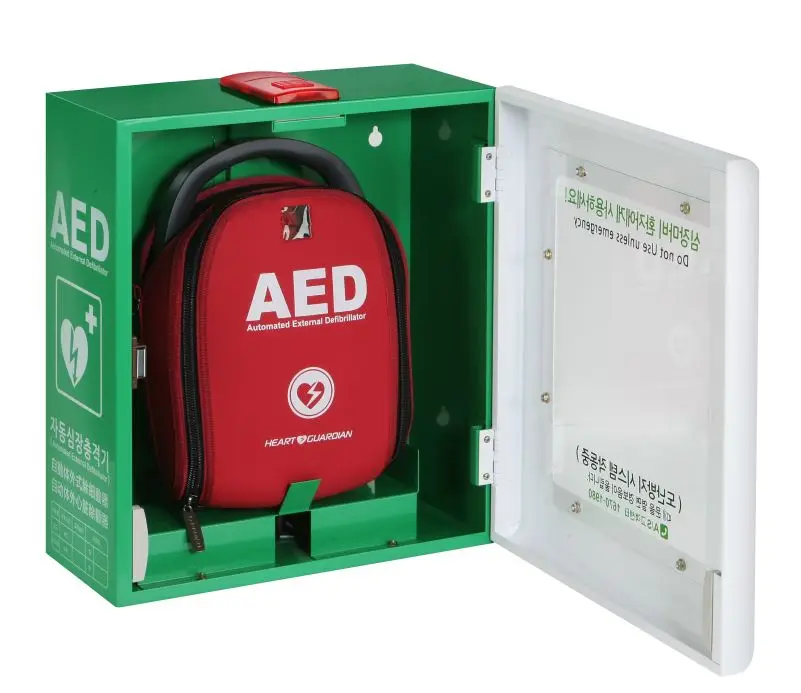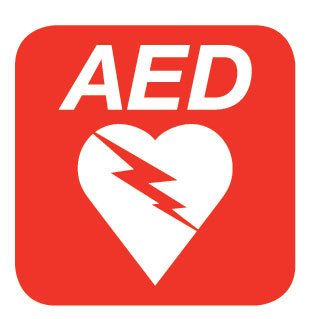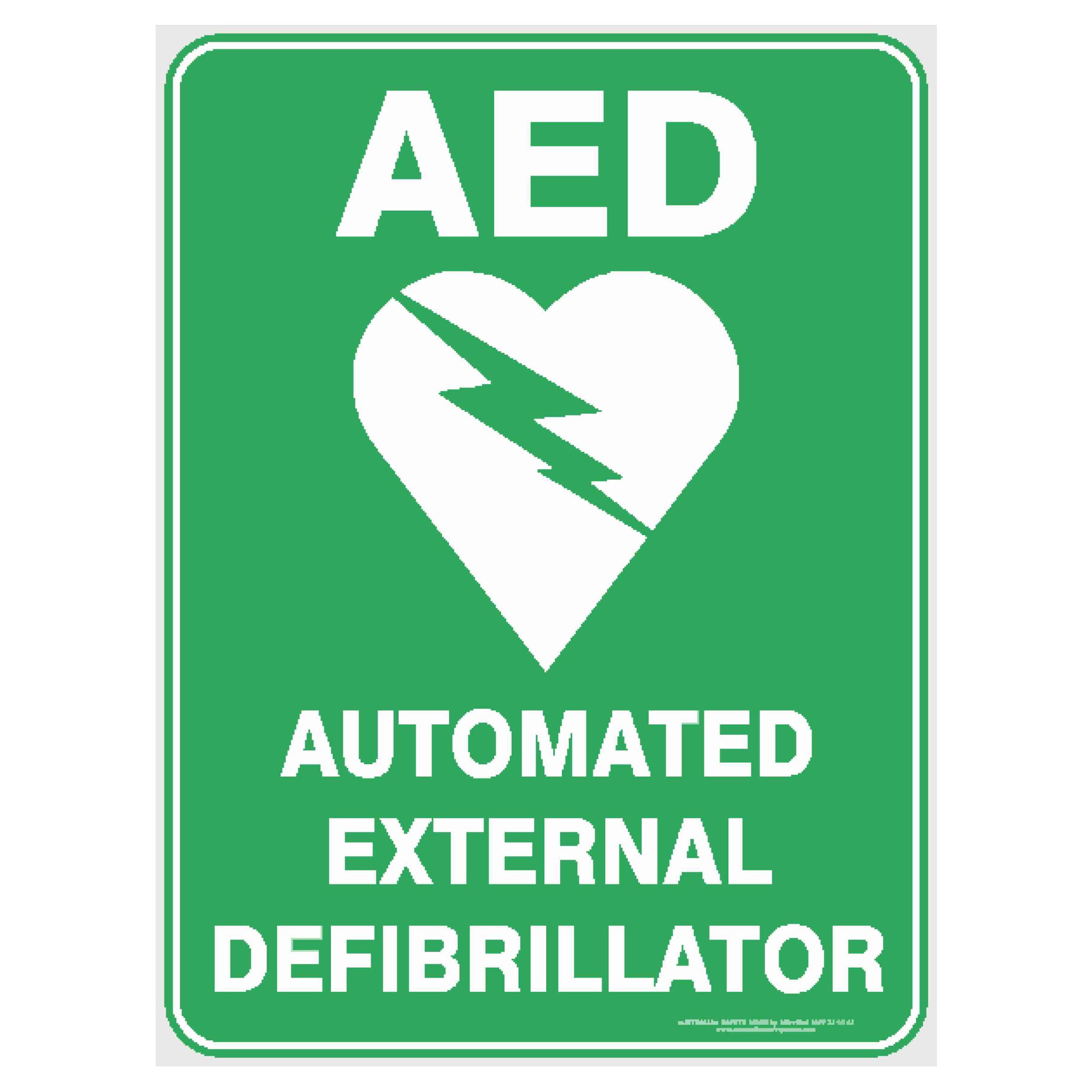

“For every minute that passes without CPR or defibrillation, the chances of a cardiac arrest victim’s survival decrease by up to 10 percent,” OSHA said. Using a defibrillator on an individual in cardiac arrest increases his survival rate by 60 percent, according to OSHA. Local emergency medical services typically can’t respond that quickly. However, AED advocates note that when care is provided within five to seven minutes, including early treatment with an AED, survival rates can improve dramatically. Of the sudden cardiac arrest deaths that occur each year-estimates range from 250,000 to 400,000 deaths-more than 95 percent of the victims die before they reach the hospital.
#Aed stands for how to
Placing automated external defibrillators (AEDs) in the workplace, along with providing a proper management system and training for employees on how to use the devices, can mean the difference between life and death, proponents argue.īut device malfunctions and recalls, myriad legal requirements, and concerns of cost and potential liability have kept some organizations from buying in. And about 10,000 sudden cardiac arrests occur while victims are at work, according to Occupational Safety and Health Administration (OSHA) data. The American Red Cross offers AED/CPR training for anyone interested in becoming certified.Sudden cardiac arrest is a leading cause of death in the United States, according to the American Heart Association (AHA).

Sudden cardiac arrest can happen anywhere which is why AEDs are such a valuable first-aid resource for any facility-it can save a life. Every minute that passes without the aid of defibrillation, the chance of survival diminishes by 10 percent. Do not turn the machine off, the AED will analyze the patient every two minutes thereafter until help arrives.īusinesses and facilitates carry AED devices due to the fact that the average response time for first responders to arrive is 7-14 minutes, with 1 out of 10 instances taking 30 minutes or more. If a shock is not advised by the AED, CPR should be used if the patient is not breathing or moving. Push the shock button as soon as the AED tell you to do so.If the AED prompts you to use an electrical shock and is charging, shout “Clear!” and make sure the patient is not being touched. Next, follow the AED prompts that show up on the screen do not touch the patient once the AED begins to analyze the heart rhythm.The pads must be pressed down firmly for the machine to accurately read a heartbeat.
#Aed stands for skin

Remember to remove any sort of medication patches on their chest relating to a pacemaker as well. Also take note not to place the AED pads on top of a pacemaker scar. If this situation does occur and there is an AED nearby, make sure to remove the afflicted person from standing water or metal surfaces. Both heart rhythms can be deadly if not dealt with within a few minutes of occurring. The two abnormal heart rhythms that an AED can recognize are ventricular fibrillation and ventricular tachycardia. That electrical shock assists in re-establishing the heart’s proper rhythm. AEDs are small easy-to-use devices used for delivering a shock to the heart, known as defibrillation, to the affected person. According to the American Red Cross, sudden cardiac arrest is among the leading causes of death in the United States. An automated external defibrillator, also known as an AED, is used in emergency situations where someone is experiencing sudden cardiac arrest.


 0 kommentar(er)
0 kommentar(er)
